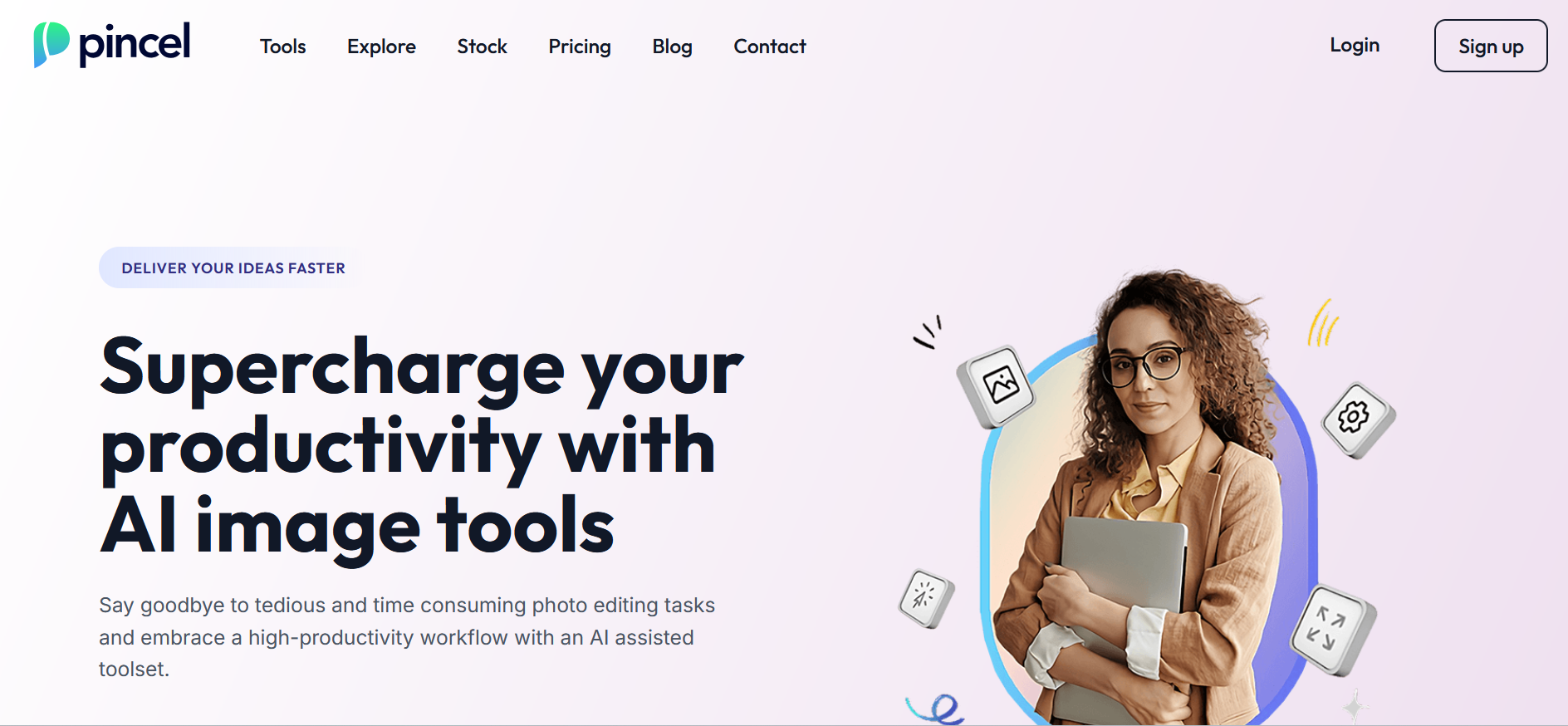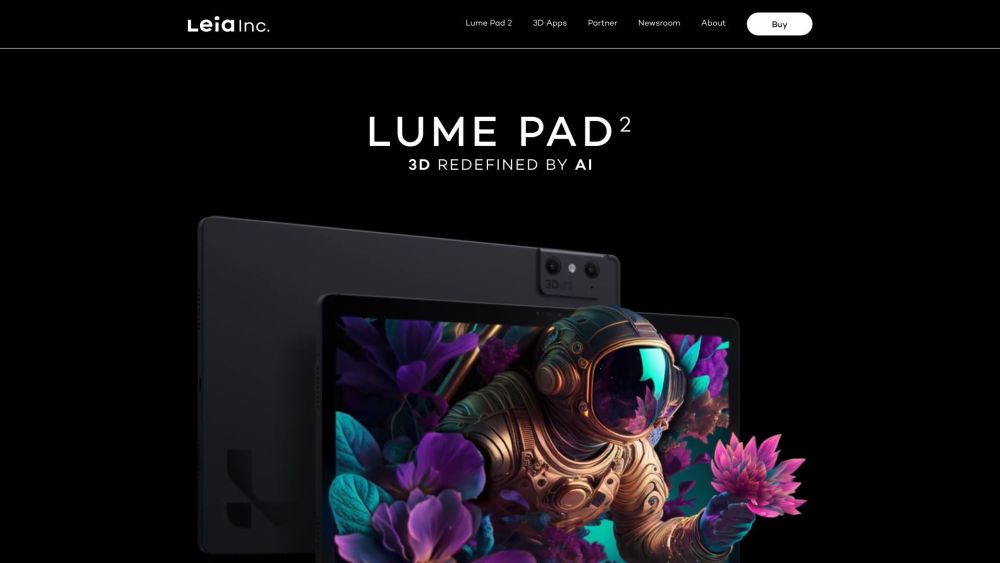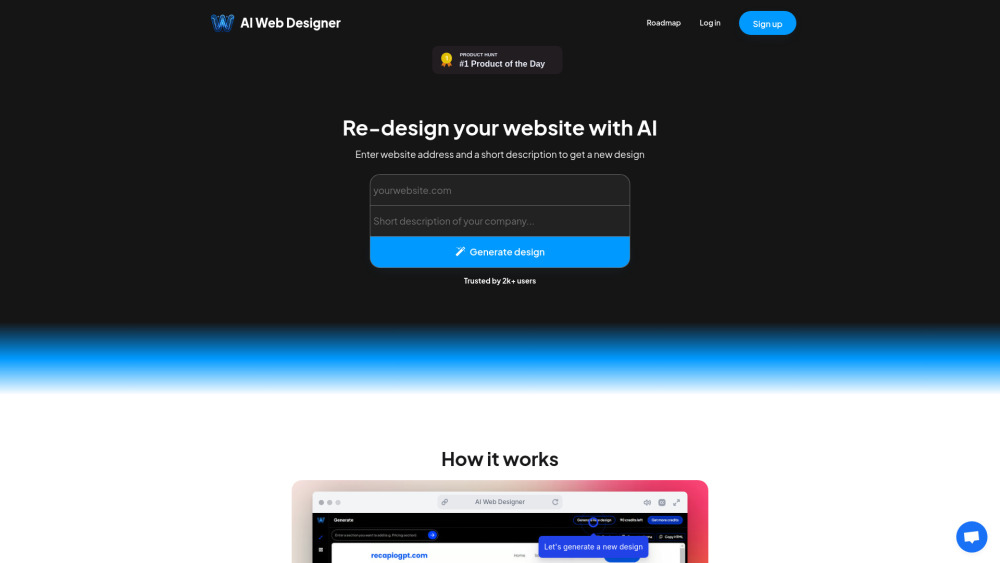Google Unveils Strategies to Distinguish Real Images from Fake Ones
Most people like

Transform your photos with ease using Pincel, the smart and easy online image editing app. Edit your images to perfection, one brush stroke at a time.

Leia Inc. presents the groundbreaking Lume Pad 2, the world's first immersive 3D tablet powered by advanced 3D•AI technology. Discover a new dimension of digital experiences with Leia's innovative offerings.

Looking to make your AI-generated text feel more relatable and natural? Our AI Humanizer tool allows you to seamlessly convert robotic-sounding content into engaging human-like narratives, all at no cost. Experience the difference as you enhance your writing with a personal touch, ensuring that your audience connects with your message on a deeper level.

In today's digital landscape, keeping your website fresh and engaging is crucial for attracting and retaining visitors. Our AI-driven website redesign tool leverages advanced algorithms to analyze user behavior and design trends, ensuring a seamless and dynamic online experience. This innovative solution empowers businesses to effortlessly enhance their web presence, improve user engagement, and ultimately boost conversions. Discover how our AI technology can transform your website into a powerful tool for growth.
Find AI tools in YBX
Related Articles
Refresh Articles
